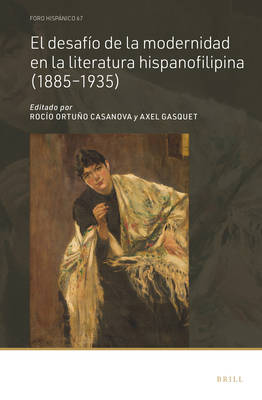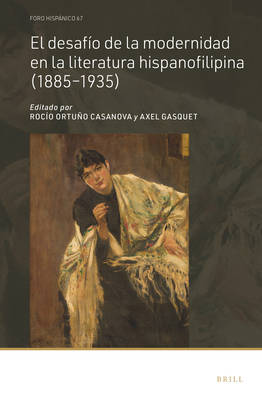
- Afhalen na 1 uur in een winkel met voorraad
- Gratis thuislevering in België vanaf € 30
- Ruim aanbod met 7 miljoen producten
- Afhalen na 1 uur in een winkel met voorraad
- Gratis thuislevering in België vanaf € 30
- Ruim aanbod met 7 miljoen producten
Zoeken
El desafío de la modernidad en la literatura hispanofilipina (1885-1935)
€ 183,45
+ 366 punten
Omschrijving
Un libro que supera los lugares comunes sobre Filipinas para relatar cómo se reflejó el proceso de construcción nacional en su literatura en español entre dos colonizaciones, la española y la estadounidense, décadas después de las emancipaciones latinoamericanas.
A book that goes beyond the commonplaces about the Philippines to tell how nation-building struggles were reflected in its Spanish-language literature between two colonizations, Spanish and American, decades after the Latin American emancipations.
A book that goes beyond the commonplaces about the Philippines to tell how nation-building struggles were reflected in its Spanish-language literature between two colonizations, Spanish and American, decades after the Latin American emancipations.
Specificaties
Betrokkenen
- Uitgeverij:
Inhoud
- Aantal bladzijden:
- 284
- Taal:
- Spaans
- Reeks:
- Reeksnummer:
- nr. 67
Eigenschappen
- Productcode (EAN):
- 9789004510708
- Verschijningsdatum:
- 17/06/2022
- Uitvoering:
- Hardcover
- Formaat:
- Genaaid
- Afmetingen:
- 155 mm x 234 mm
- Gewicht:
- 571 g

Alleen bij Standaard Boekhandel
+ 366 punten op je klantenkaart van Standaard Boekhandel
Beoordelingen
We publiceren alleen reviews die voldoen aan de voorwaarden voor reviews. Bekijk onze voorwaarden voor reviews.







